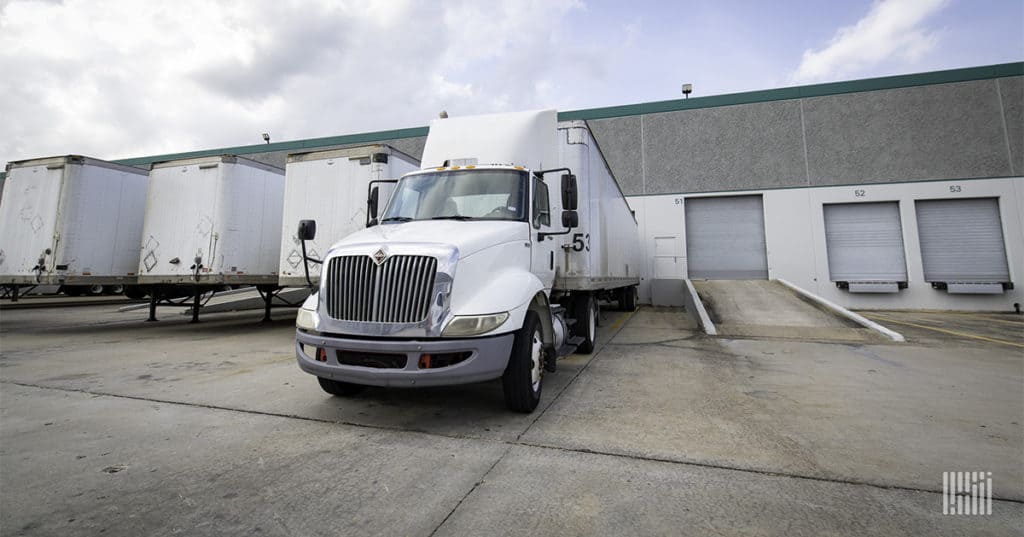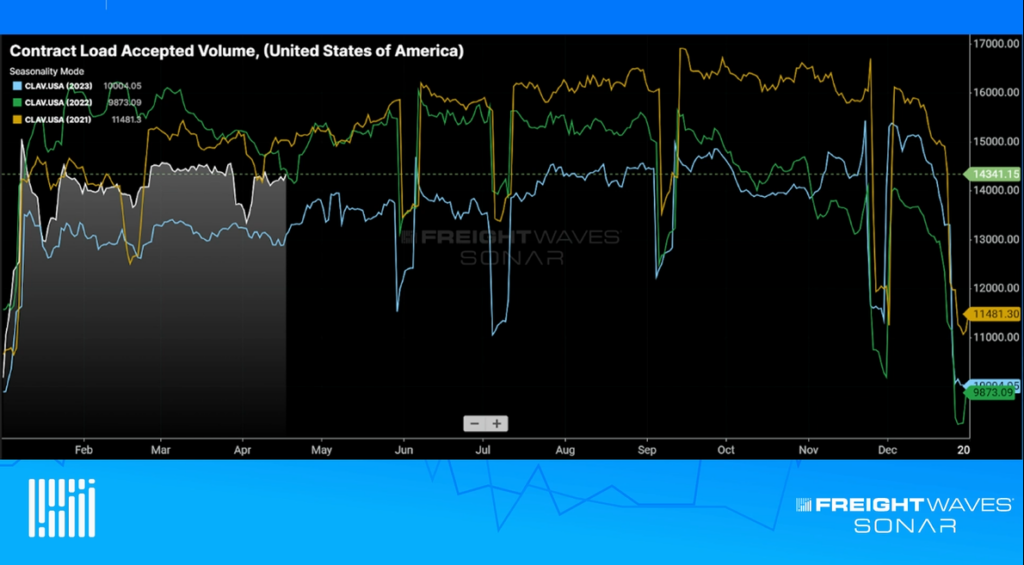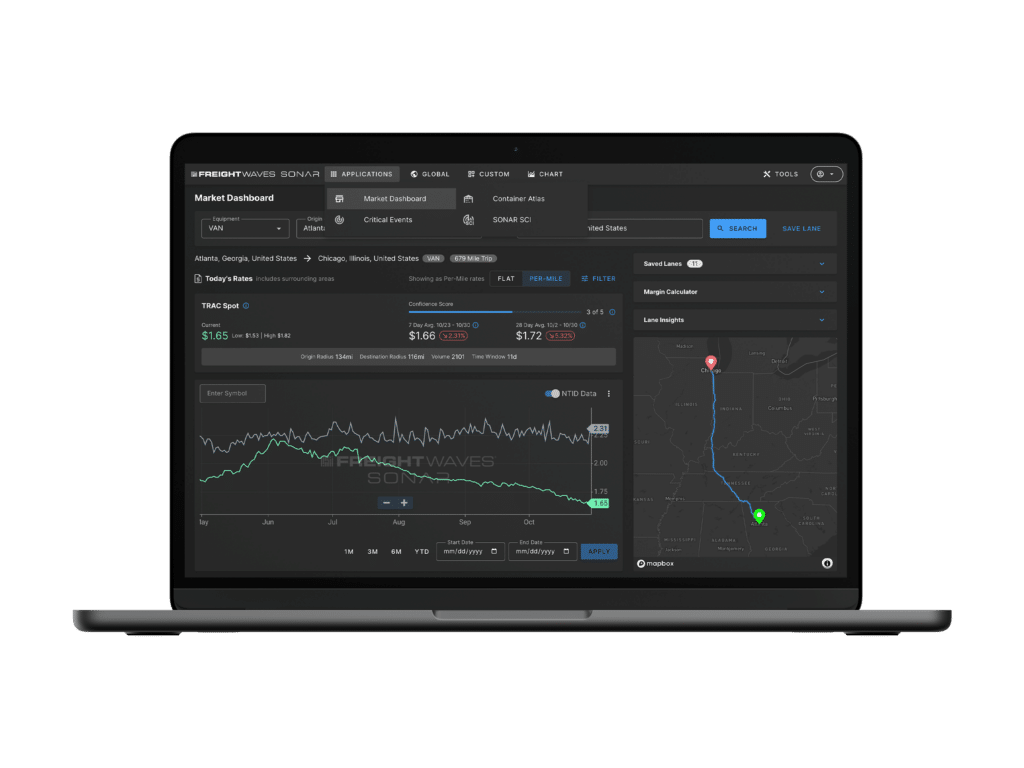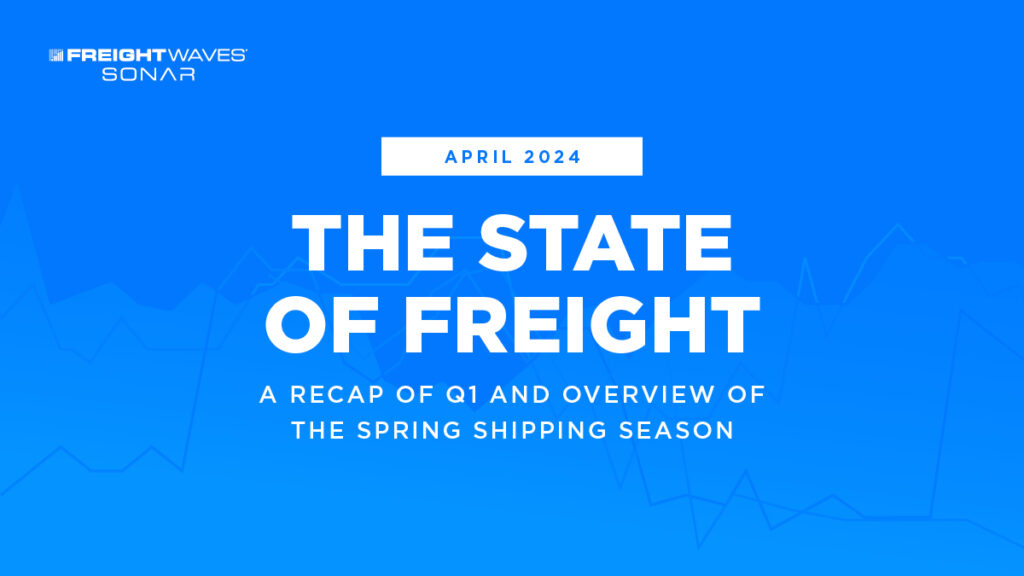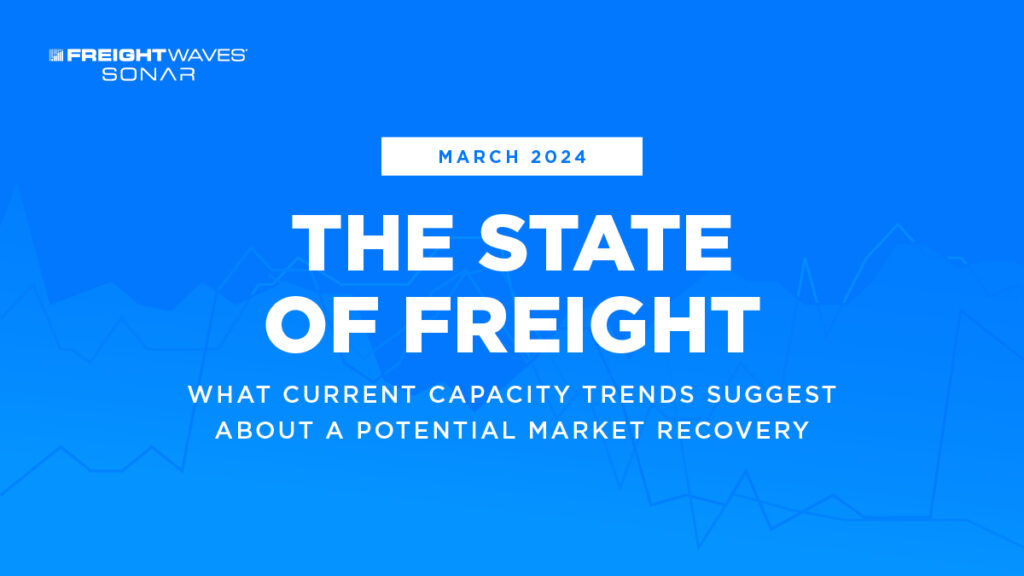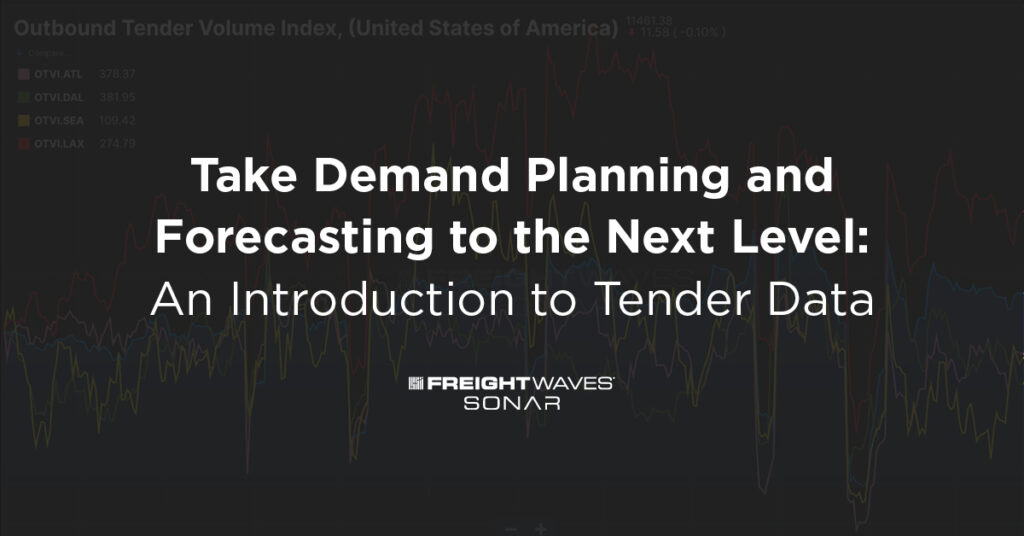Accessorial charges have become a focus of the logistics and supply chain participants due to the impact accessorials have on all shipping modes and companies. Unlike trucking rates, accessorials are after-the-fact charges that shippers may overlook or fail to consider in freight spend projections. The real facts are surprising and reflect the uncertainty in the market. According to Tim Sailor of Parcel Industry, “Over the last few years, the carriers have been using surcharges as their primary way to increase revenue. Unlike their general rate increase (GRI), which goes into effect every January, surcharges are not included in their overall fixed tariff increase caps and estimates. Typically, the carriers increase their tariff rates by about 4.9% on average, with some variation based on service and weights. However, when it comes to surcharges, the carriers have abandoned any pretense of year-over-year caps and have increased surcharges by significantly higher percentages than their tariff rates.” As a result, it’s essential to realize how market conditions play into the cost of accessorial charges and what can help keep them in check.
The burden of accessorials among shippers
Accessorial charges continue to proliferate as supply chains change in the wake of market disruptions or as purchase channels, like e-commerce, continue to see rapid expansion, changing the variety of shipping modes utilized. There is nothing stopping companies from adding accessorials to high-demand contracts either. Also, accessorial charges now comprise approximately 40% of total freight spend, adding to these challenges in managing accessorials in the first place:
- Lack of visibility into accessorials.
- Inability to consider the revenue lost due to excess dwell time.
- Working with carriers that continuously assess accessorials aggressively.
- E-commerce forces accessorials in the form of renewed or new surcharges.
- ELD mandate and HOS regulations make carriers and truckers more selective in choosing loads.
What does lane monitoring have to do with accessorials’ management?
Accessorials allow carriers and logistics service providers to make up for extra labor and resource use on individual loads. That leads to higher landed costs than the originally quoted freight price. Some advances, such as digital dimensional measuring and using robots to load pallets, can reduce the risk of dwell time and help drivers get on their way. However, the only way to recognize the impact of accessorial charges on total landed freight costs lies in seeing what landed costs should be for a given lane.
Accessorial charges go much further than dwell time and detention fees. Delivery Area Surcharges (DAS), oversize charges, unauthorized package surcharges, minimum weight limits, DIM pricing models, extra equipment, and ground fuel costs contribute to accessorial charges.
Some argue that accessorials are useless. But consider how The Balance Small Business describes them, “It would be unfair to customers to charge the fees as part of the per-mile rate because not all customers will require similar additional services. These extra services come with unique costs, and it would be too difficult to average out all the costs without overcharging customers who only require simple shipment services.”
Not all shippers need them; some do. It’s impossible to include them in the per-mile trucking rate due to the variety of shipments. Regardless, it’s possible to reduce the risk of needed extra transport by reviewing lane movements and trends. After all, the goal of all freight optimization efforts is fewer movements and more efficient use of resources.
That is where lane monitoring and using SONAR Lane Score data can be useful.
Five ways to apply Lane Score to lower accessorials
SONAR’s Lane Score uses headhaul data to account for strengths in headhauls and backhauls across all locations and modes. Top ways to apply Lane Score data to reap more optimized transportation and lower accessorial charges include:
- Offer competitive freight rates that give an incentive to carriers to accept loads with a promise of fewer accessorials.
- Maximize backhaul opportunities for drivers to justify load acceptance.
- Connect the TMS to SONAR Lane Score by using SONAR Signals OPEN API to ingest the data and feed into an automated workflow that considers lane-specific market conditions when tendering freight.
- Leverage Lane Score data during freight bidding negotiations, including annual bidding processes, mini-bids, and when working with one-off shipments in the spot market.
- Apply consolidation/deconsolidation practices at low-activity docks and locations.
Bring order and efficiency to lane management with Lane Score to lower accessorial charges
Accessorials are not going to vanish any time soon, if ever. It’s only a matter of time until the next disruption or unprecedented demand leads to new surcharges and added expenses. Freight management parties that take the time to revolutionize trucking management and gain granular and comprehensive insights into lane conditions, such as using SONAR’s Lane Score, can keep freight spend under control.
Connect with FreightWaves online to request a SONAR demo and learn how Lane Score can lower accessorials in your supply chain.


